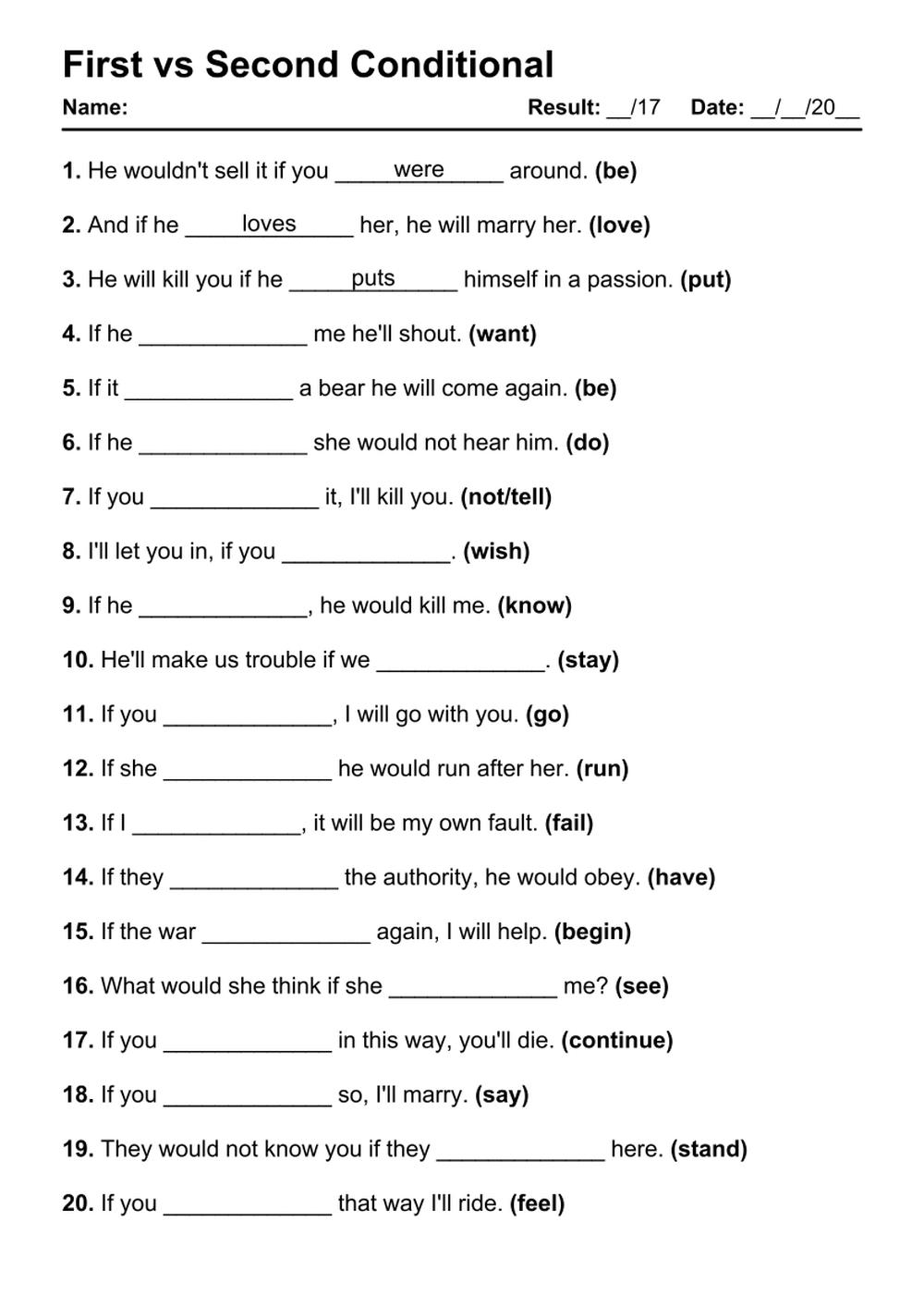Conditional sentences play a crucial role in English grammar as they express hypothetical situations and their outcomes. There are three main types of conditional sentences: 1st, 2nd, and 3rd conditionals. Each type is used to convey different levels of probability and possibility.
The 1st conditional is used to talk about real and possible situations in the present or future. It consists of an ‘if’ clause (present simple) and a main clause (future simple). For example, “If it rains, I will bring an umbrella.” This sentence expresses a likely outcome if a certain condition is met.
The 2nd conditional is used to talk about unreal or improbable situations in the present or future. It consists of an ‘if’ clause (past simple) and a main clause (would + base verb). For example, “If I won the lottery, I would buy a new car.” This sentence expresses a hypothetical scenario that is unlikely to happen.
The 3rd conditional is used to talk about unreal situations in the past. It consists of an ‘if’ clause (past perfect) and a main clause (would have + past participle). For example, “If she had studied harder, she would have passed the exam.” This sentence describes a situation that did not happen in the past due to a certain condition not being met.
Conditional sentences are important in everyday communication as they help us express possibilities, probabilities, and hypothetical situations. By understanding the nuances of 1st, 2nd, and 3rd conditionals, we can effectively convey our thoughts and ideas in various contexts.
Overall, mastering the use of conditional sentences can greatly enhance your language skills and improve your ability to communicate effectively in English. Whether you are discussing future plans, hypothetical scenarios, or past regrets, knowing how to construct 1st, 2nd, and 3rd conditional sentences will enable you to express yourself with clarity and precision.
